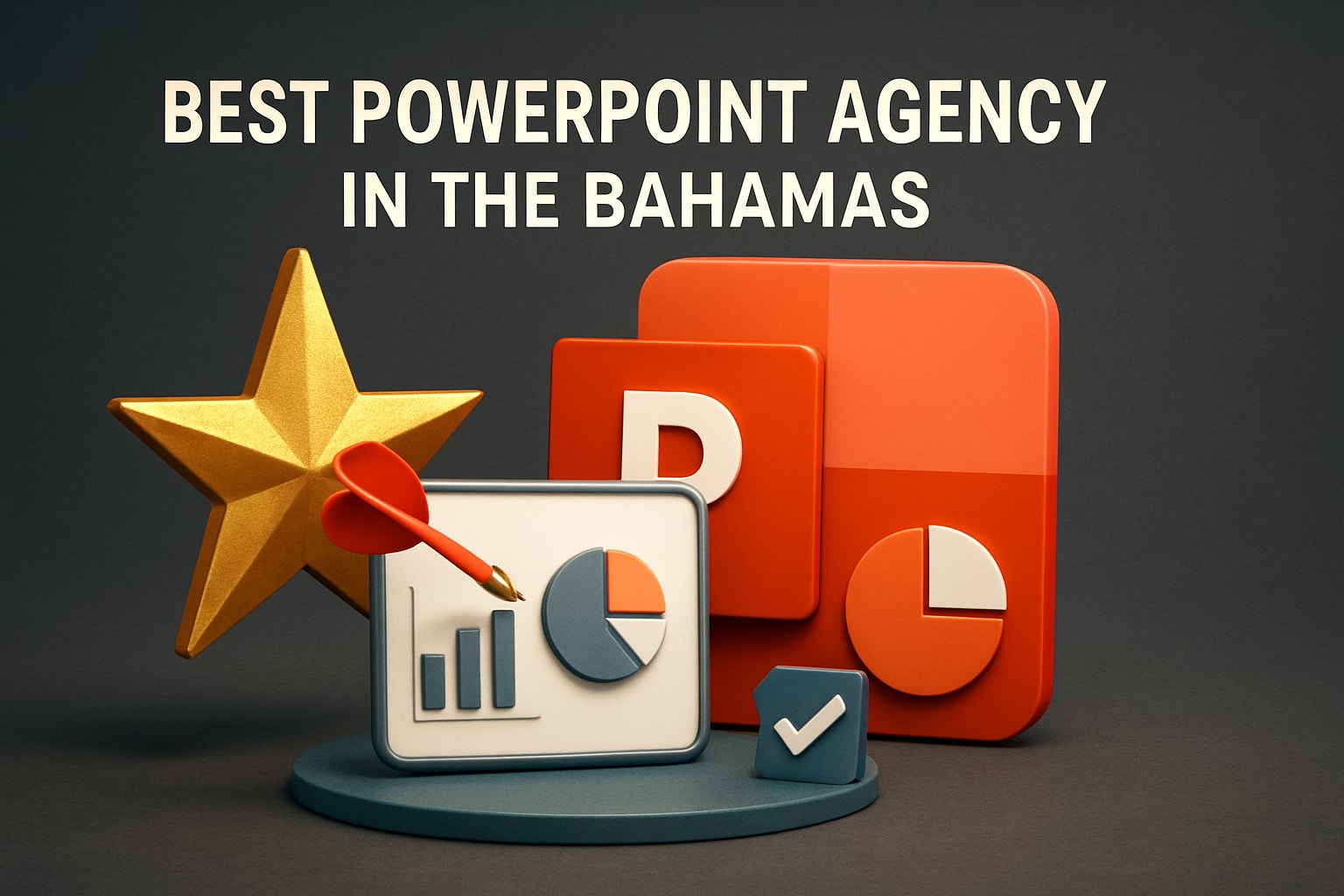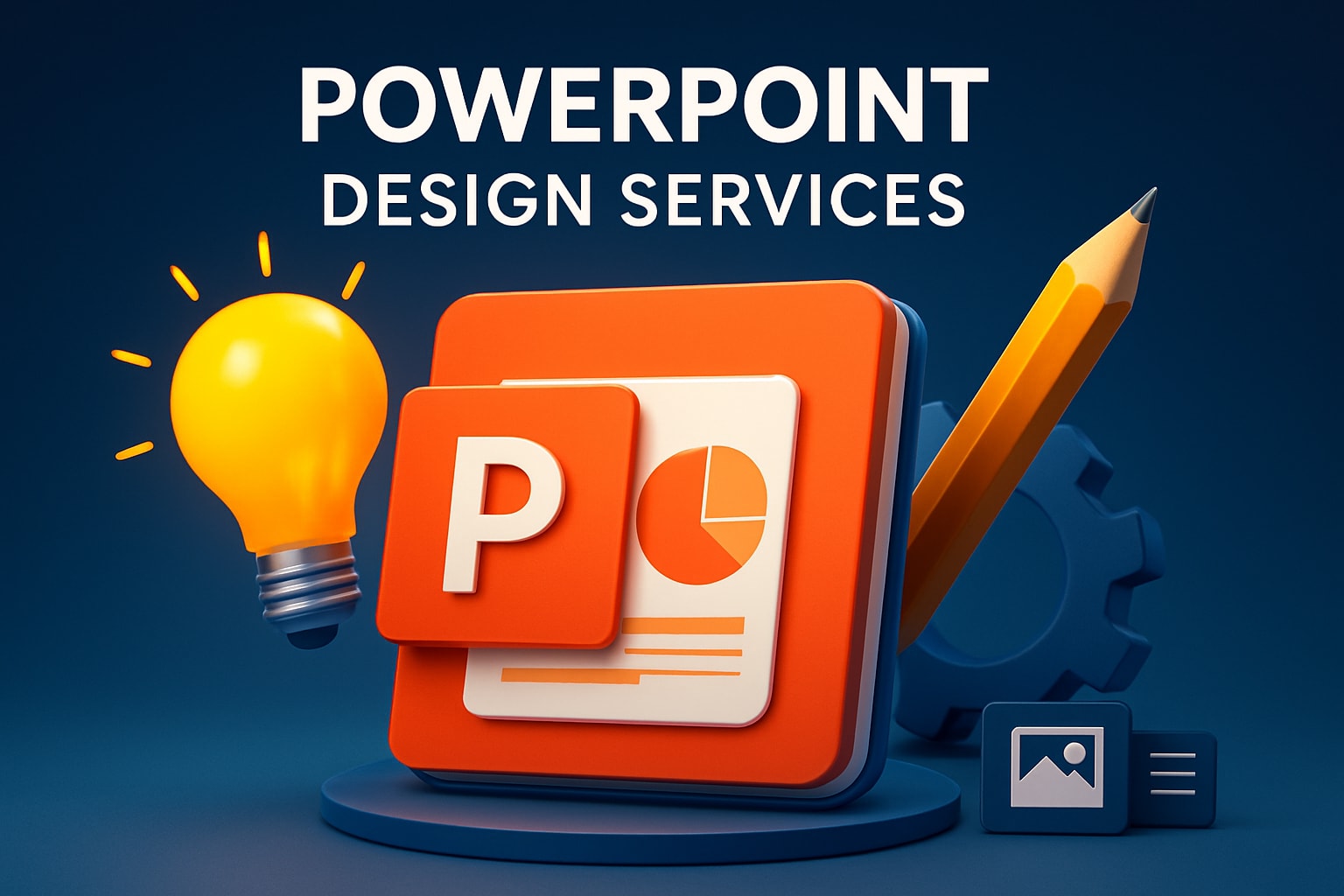Things We Thought We Knew about Communication and Why it Matters in Business Presentations

We’d always assume that communication skills are easy to come by — which is not surprising.
Back in college, those of us who are able to carry a good conversation with peers or superiors might think that this is already a major benchmark.
Upon entering the workforce, however, we realized that being a good conversationalist isn’t good enough. There are depths and levels to the way we ought to listen, communicate our ideas, use modern tools, and deliver the message that will inspire confidence, influence and ultimately, sales.
In other words, an executive or a startup founder may have the most respected degrees or the most number of connections but, if they are not able to effectively deliver a presentation or verbalize the vision behind their product or service, they still lose.
Have we ever stepped back to analyze what we do right in terms of presenting, and what isn’t working for us? How do we deliver a presentation with impact?
The term communication is derived from the Latin word, communicare means “to share”. From this definition alone, we deduce that miscommunication may stem from a lot of factors, including:
- wrong or vague data that is being shared,
- excessive sharing or ‘we may call as information overload’ (learn mor in my article Why you Need Less Content in your Presentation?) , or
- not being able to fully (or rightfully) use the medium for sharing.
But why do we (unintentionally) fall into the cracks of miscommunication, particularly in the context of business presentations?

Well, it is because presenting to investors or principals is not simply a one-way nor a two-way conversation. It involves multiple senses, biases and even levels of understanding. The ‘medium’ referred to in the third bullet isn’t just the expert use of presentation tools such as Powerpoint or Keynote. More importantly, it refers to the ability to utilize slides that effortlessly convey your message and match your words and non-verbal cues as well.
The only way we get to build mastery of business presentation is two ways: first, be open to accept that there are areas where you can still improve on and second, ask people to honestly give you feedback.
And if you expect some meaningful insight, would you just accept a “You did great” reply or would you rather hear something which could help you do better next time?
Moreover, asking for feedback presents you with a unique advantage: you get your audience involved (Learn more about A. Bandura and D. Cervone research on how goal-setting combined with feedback gives you fantastic results).
Now, armed with the knowledge on the types of audiences, don’t you want to know how to leverage feedback to turn a casual listener into someone who is willing to take the next step?
The answer: solicit the audience’s feedback at the beginning of your speech. When you do that, they just start listening. Some of them – who doesn’t like you – listen to find your flaws. Others who were earlier disinterested will just start tuning it because of your unusual request (you can learn how to help your collegues and to give an effective presentation feedback from the article of Lara Hogan Giving Presentation Feedback).
Generally, people will be subconsciously grateful to your request because it shows how you genuinely care about their thoughts and just want to give value. On the other hand, it also matters how we accept their feedback, but that is reserved for another topic.
If you feel like you needed a trusted opinion on a crucial business presentation, I’ll be glad to help you out.
Better yet, let’s schedule a call so we find out how we can get it done-for-you.

- This is some text inside of a div block.lay out the facts clearly and compellingly. Use data to establish the ground reality, but remember that facts alone are like the individual strands of a tapestry—necessary but not complete.lay out the facts clearly and compellingly. Use data to establish the ground reality, but remember that facts alone are like the individual strands of a tapestry—necessary but not complete.
- This is some text inside of a div block.lay out the facts clearly and compellingly. Use data to establish the ground reality, but remember that facts alone are like the individual strands of a tapestry—necessary but not complete.




